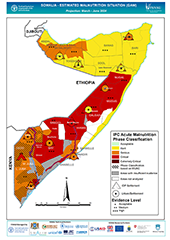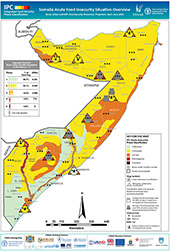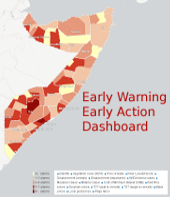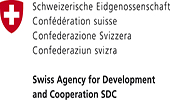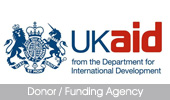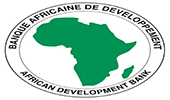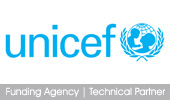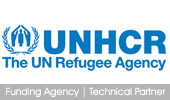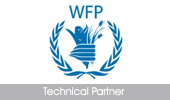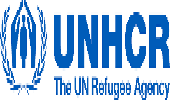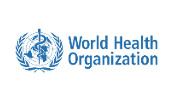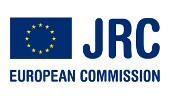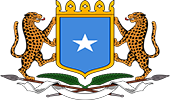Nutrition Crisis in Juba Regions
January 5th 2010
FSNAU has just analyzed the results from 3 livelihood based nutrition surveys conducted in the Juba regions in December. The results indicate a significant deterioration from 6 months ago, with all 3 surveys reporting results above 25% global acute malnutrition (GAM) . All livelihoods illustrate equal levels of crisis, with 30.7% GAM and 7.8% severe acute malnutrition (SAM) in the Pastoral livelihood, 29.7% GAM and 6.4% SAM in the Riverine livelihood and 26.1% GAM and 6.2% SAM in the Agro-pastoral livelihood zone. The results illustrate the impact of the failed short rains, which has affected much of Somalia due to the La Nina phenomenon. The surveys covered both Middle and Lower Juba Regions.
The results indicate a sustained Very Critical nutrition situation in the Riverine livelihood, that had suffered from severe flooding in the last season and with the current poor rains, the poor continue to experience severe food shortages at the household level. This, coupled with a high disease burden, particularly diarrhoea linked to limited access to safe water , has resulted in an alarming 30% acute malnutrition, with 1 in 15 children severely malnourished and at increased risk of death.
For the agro pastoral and pastoral livelihoods, the nutrition situation has significantly deteriorated to Very Critical from 6 months earlier, (previously Serious in the Pastoralists and Critical in the agro pastoralists), when they had benefited from the impact of the good Gu rains, with the subsequent high cereal production and improved livestock body condition and production. However now, following the failure of the short rains, pastoralist families have split with the boys and men taking the livestock in search of pasture and water, leaving the women and children at home with limited food access. For the agro pastoralists, who rely predominantly on subsistence agriculture, the poor rains have led to crop failure and with limited alternatives the poor households are also faced with a severe food shortage at the household level.
With the next rainy season not due for another 3 months, therefore, efforts to increase household food security at scale, increase access to safe water, expand health services as well as treatment of both moderately malnourished and severely malnourished children are essential to prevent the deaths associated with this type of acute malnutrition.
